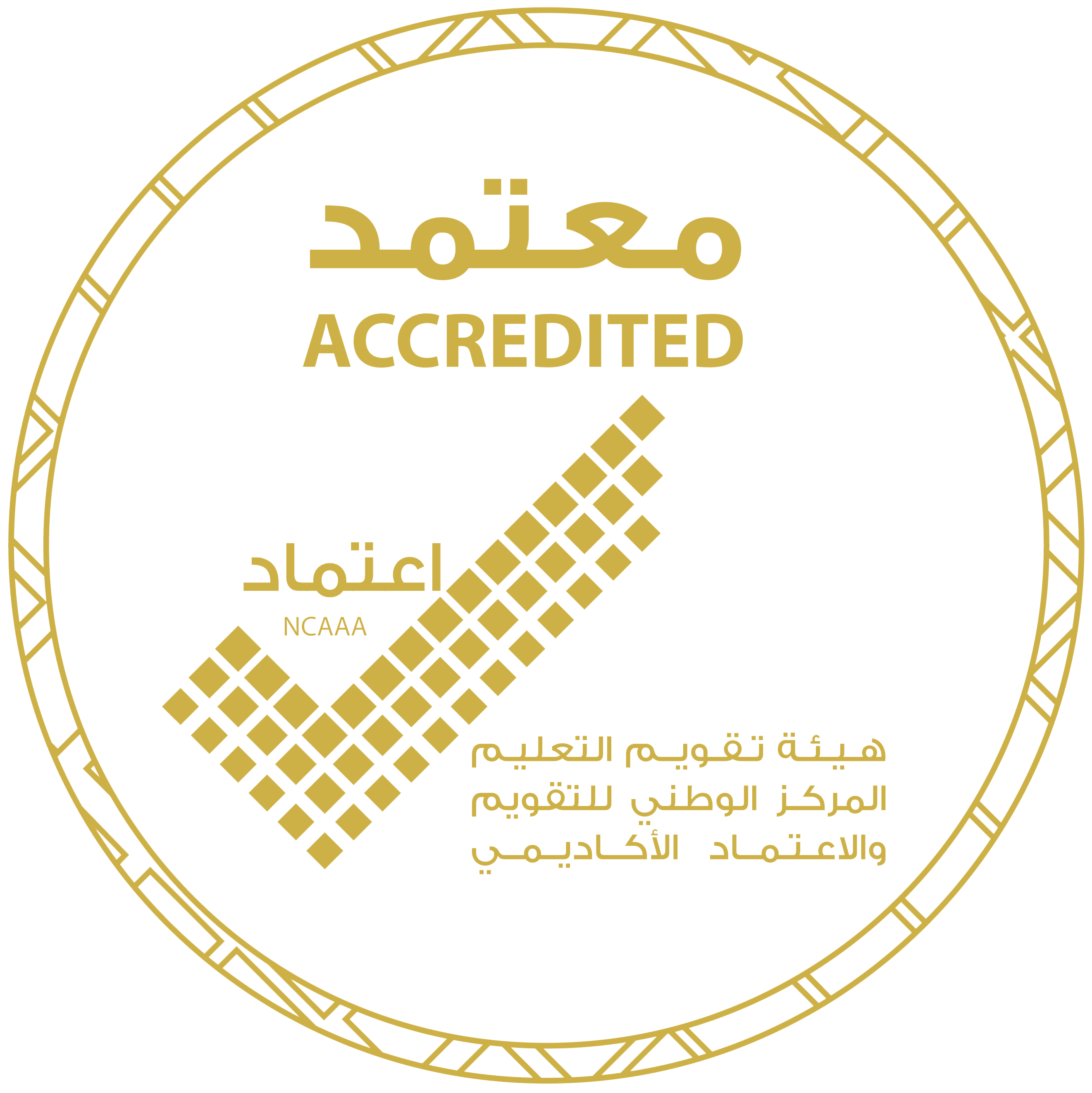1. E-learning Tools:
Tools and application software used in e-learning through which communication occurs between the teacher and the learner. It relies on a computer, Internet and operates in an orderly manner and in an integrated and interactively as a unit that enables the learner to control it.
2. Synchronous E-Learning:
It is a direct learning which needs learners to be in front of computers at the same time to communicate via online tools for discussion and debate and conversation between the learners themselves and between them and the teacher via chat rooms chatting or receive lessons through virtual classes.
3. Asynchronous E-Learning:
Type of indirect learning that does not require the presence of the teacher and the learner at the same time in front of a computer, where the learning process between the teacher and the learner is indirect and ungoverned by time limit. It represents examples like self-paced learning via the Internet or (CD-ROM), forums and e-mail. It is Featured by learning at the appropriate time for learners to enable re-study and review.
4. Distance E-Learning:
Learning interactions either synchronous or asynchronous via Internet technology and its applications.
5. Mobile Learning:
The use of small wireless devices and Mobile Phones, personal digital assistants PDAs, smart phones and Tablet PCs to achieve the flexibility and interactivity in teaching and learning at any time and in any place.
6. Distance Learning:
A learning process that occurs between the teacher and the learner despite the absence of their meeting in one place because of the of time or geographic location , distance learning process is transferred to the learners via synchronous or asynchronous tools which uses multiple methods as, text, images, CD-ROM, audio, video conferencing, etc. It is important to know that the concept of distance learning is more comprehensive than the concept of e-learning.
7. Smart Board:
It is an interactive board that provides interactive learning and teaching requirements in the era of information and communication systems and electronic digital integrated learning environment.
8. Multimedia:
A range of tools and software package designed to be presented through the merged integrated use in single software, including text, graphics, audio, video and animation.
9. Virtual Learning Environment:
An environment produced through the computer to enable the user to interact with it whether by examining content of the environment through the senses of vision and hearing, participating or doing modification and development, it is a process of simulation to a realistic or fictional environment perceived and built by the potential offered by modern technology.
10. Web2.0:
It refers to the next-generation technologies of the Internet, where it is regarded as a platform for a range of applications so that they become more available for interaction, participation and collaboration between users. Web 2.0 applications include Blogs, Wiki, Media – Sharing and RSS.
11. Learning Management System:
A management system of the learning process via the Internet or LAN it contains a set of applications that organize, and provide services of e-learning via the Internet or LAN, for students, teachers and administrators, these services include access control, providing learning content, communication tools and group organization.
12. Simulation:
Activities designed to represent real life and they are often educational exercises intended to represent the activities of life dramatically.
13. E-Content / Electronic Content:
Information that is transferred digitally to students. Forms of electronic content are: Text, audio, video, and other simulations.
14. Virtual Class Room:
Classes like traditional classroom in terms of teacher and the learner presence, but on the global network where it is not abide by time or place, VLEs are used through it so that learners can be gathered on the global network to participate in the cases of collaborative learning. It is learner centric where he/she learns to understand and comprehend.
15. Blended learning:
Learning events or programs which combine two or more delivery strategies to provide a more integrated and effective learning experience. A common blended learning approach in the business skills area is to provide instruction on basic concepts and principles via self-paced online learning modules, followed by classroom training to provide opportunities for practicing skills in a simulated, group context.





